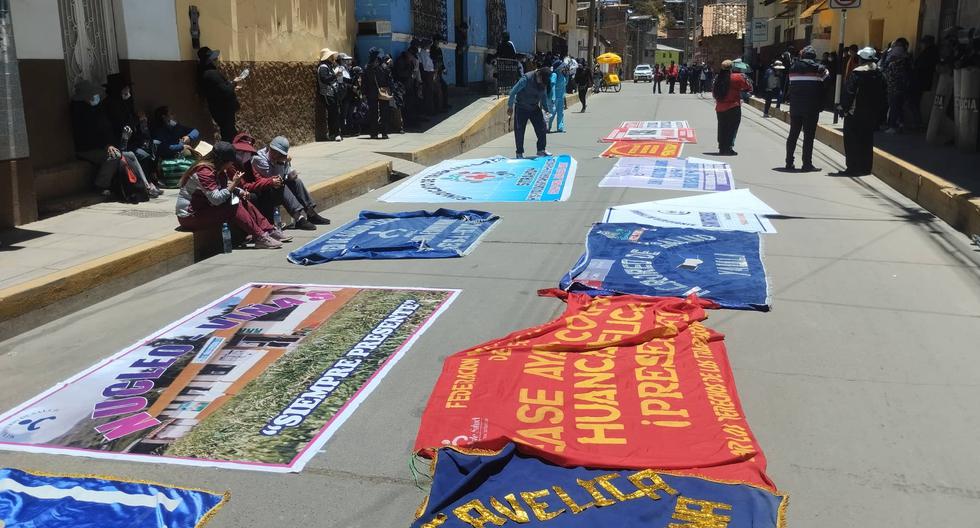The educational level of the female workforce continues to be higher than that of men. Despite this, there remains 33% gap in the inclusion of women in the formal labor marketlimiting their participation in assistance and customer service positions, as highlighted by the National Survey for the Detection of Skills and Qualifications in Employment (Endhace) 2020, the results of which were published yesterday.
In the document, published by the National Statistics Office (ONE), the skills of workers in formal companies and the limitations faced by employers to attract human talent are analyzed, through surveys of companies that belong to the 10 main branches of economic activity in the country during 2020.
The percentage distribution of jobs according to sex shows a greater participation of men in jobs, with 66.5% of the total. Women represent 33.5% of all employment, for a negative gap with respect to men of 33.0%.
When disaggregating the number of employees by sex and taking into account their educational level, it can be seen that only 13.1% of the male workforce attained some university degree. While 24.5% of women with some type of occupation in the formal labor market have a bachelor’s degree.
levels
The survey indicates that, in academic terms, men have lagged behind in their studies. Of those who were working for 2020, when the survey was carried out, 40.9% of them had finished their secondary studies, but did not enroll in university.
To these figures are added those who barely completed the primary level -up to eighth-, represented by 21.7% of employees nationwide. In that order, of the total employees, 13.0% preferred to pursue a technical career to become professional.
On the other hand, the academic percentages of employed women registered by the ONEtwo years ago, indicate that 37.5% finished secondary school – baccalaureate – and that 13.3% belong to those who only have a primary level of education.
“These results show a higher educational level in the female workforce than in the male workforce, with women having a greater participation in the highest educational degrees compared to men,” details the statistics office in its Endhace 2020 segregated report.
The government entity points out that the difference may be associated, in part, with the work carried out by each sex and the economic activities where it has a greater presence, “despite the obvious gaps by sex in general and according to economic activities.”

















